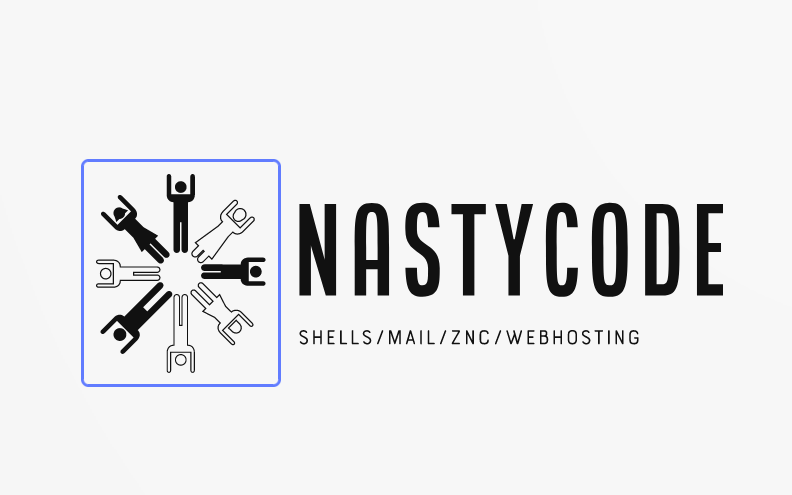A Free and Open Inter9
The Inter9 is an experimental attempt to create a free and open internet. It is modeled closely after the original Internet, with a few design modificationsdesigned to prevent centralized control. The Inter9 is an attempt to apply the federation model to united splintered internets.
Some key principles from the old Internet are preserved. Anyone can write new applications and suggest new standards. Like the original Internet, standards should not be dictated by any centralized agency, corporation, or government. Instead, all users are invited to contribute to its creation. Its principles reflect the spirit of the old RFCs: rough consensus and running code. It requires open protocols and expects open implementations.
By design, the network is amenable to experimentation with new ideas and customization by its users. The goal is to encourage a vibrant ecosystem of applications developed by the network's users.
Although there have been many proposed overlay networks, the ones in use today fail to preserve many of the principles that led to the success of the original Internet.
The Inter9's first goal is backwards compatibility. It is necessary to transparently support all existing networking applications that were originally written for the centralized internet, without any modifications.
The network layer protocol must be IP with at most a few modifications. Internet Protocol is packet-switching which is important for routing around censorship nodes. However, this IP must be encapsulated and transported via tunnels to avoid censorship, and the nodes must be spread out globally across the world in multiple countries to allow for routing around national firewalls.
Like the original ARPAnet, the design goals of this internet are low-latency and high bandwidth.
Many existing overlay networks are connection-oriented and require the formation of circuits. This is a serious weakness because it makes it difficult to route around firewalls and censored nodes. Especially in the presence of changing firewalls, the path taken to a destination may be obstructed sporadically. Dynamic routing of packets, namely packet-switching, is preferred. Moreover, many of these overlay networks intentionally choose convoluted routing methods in order to improve anonymity. Unfortunately this has the effect of increasing latency and decreasing bandwidth, making them unsuitable for a general purpose alternative internet.
VPN tunnels will be used at first to avoid the costs of building expensive infrastructure. Because encapsulated data is simply IP, any form of tunnel can be used in theory (IPSec, Wireguard, OpenVPN). If tunnels are blocked, many other transport methods (wireless links, sneakernet) can be used.
The Inter9 anticipates a future where each national government attempts control of its network infrastructure by imposing national firewalls and blocking connections to foreign enemies. As a result, it assumes that there are multiple valid internets existing simultaneously and multiple DNS roots with contradictory but equally valid answers.
Like the original Internet, the goal of the Inter9 is to connect together isolated networks. It aims to act as a bridge between disparate, incompatible networks and protocols. Gateways sit at the boundary of two incompatible networks to bridge them together.
Its model for moderation is a distributed, federated model. It does not rely entirely on centralized authorities like the old Internet. Instead, moderation powers are distributed to each node, and the nodes voluntarily choose to federation or part. Any node has full capability of starting its own federation or joining and participating in an existing one. This is designed to help reduce the high crime rate experienced by anarchic overlay networks that are entirely censorship-resistant.
The explicit goal of the Inter9 is universal access to information, regardless of the user's platform or operating system. For this purpose, the 9p protocol is chosen to provide a consistent, uniform file interface.
